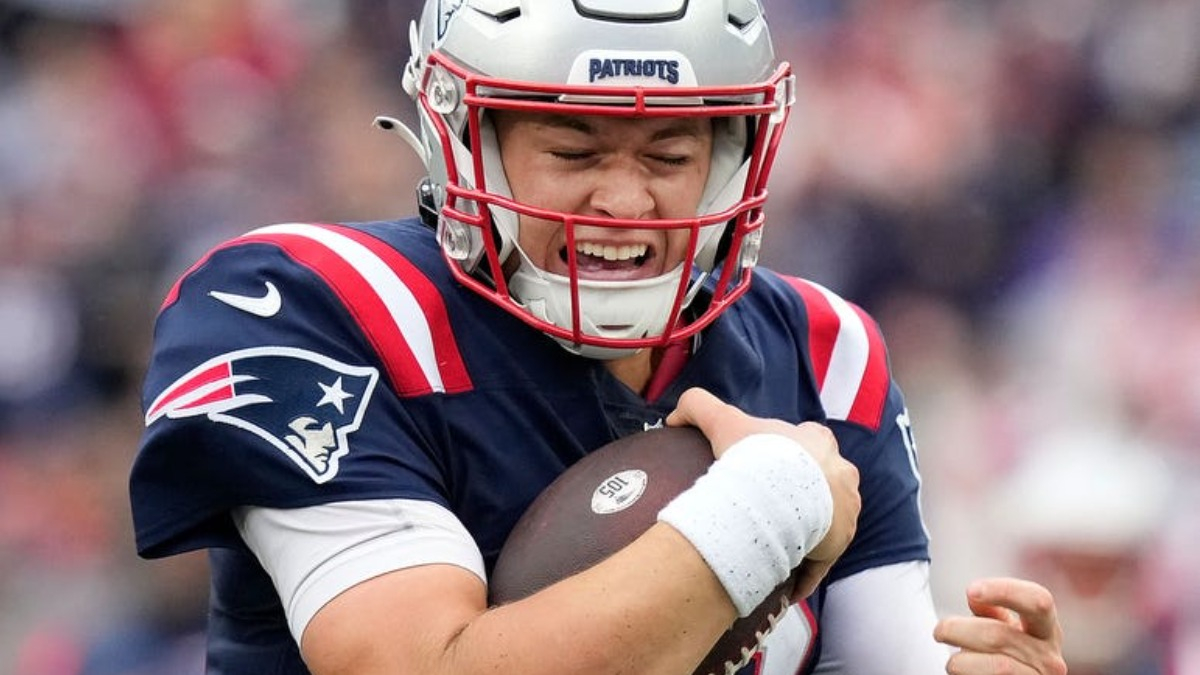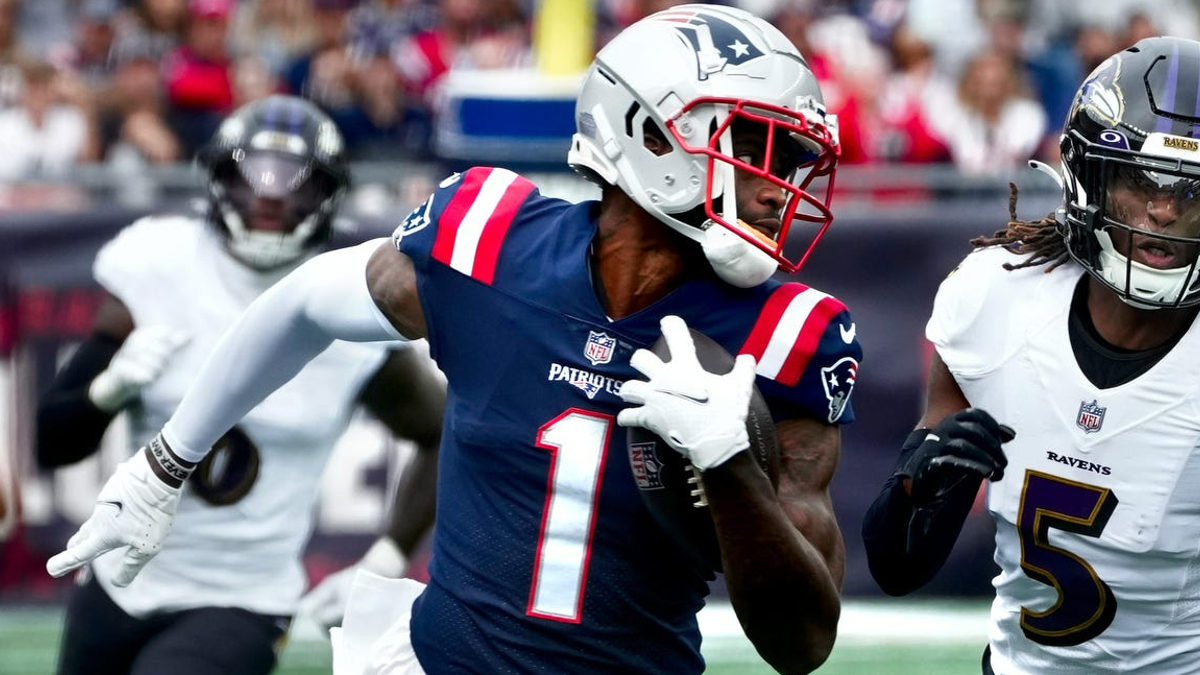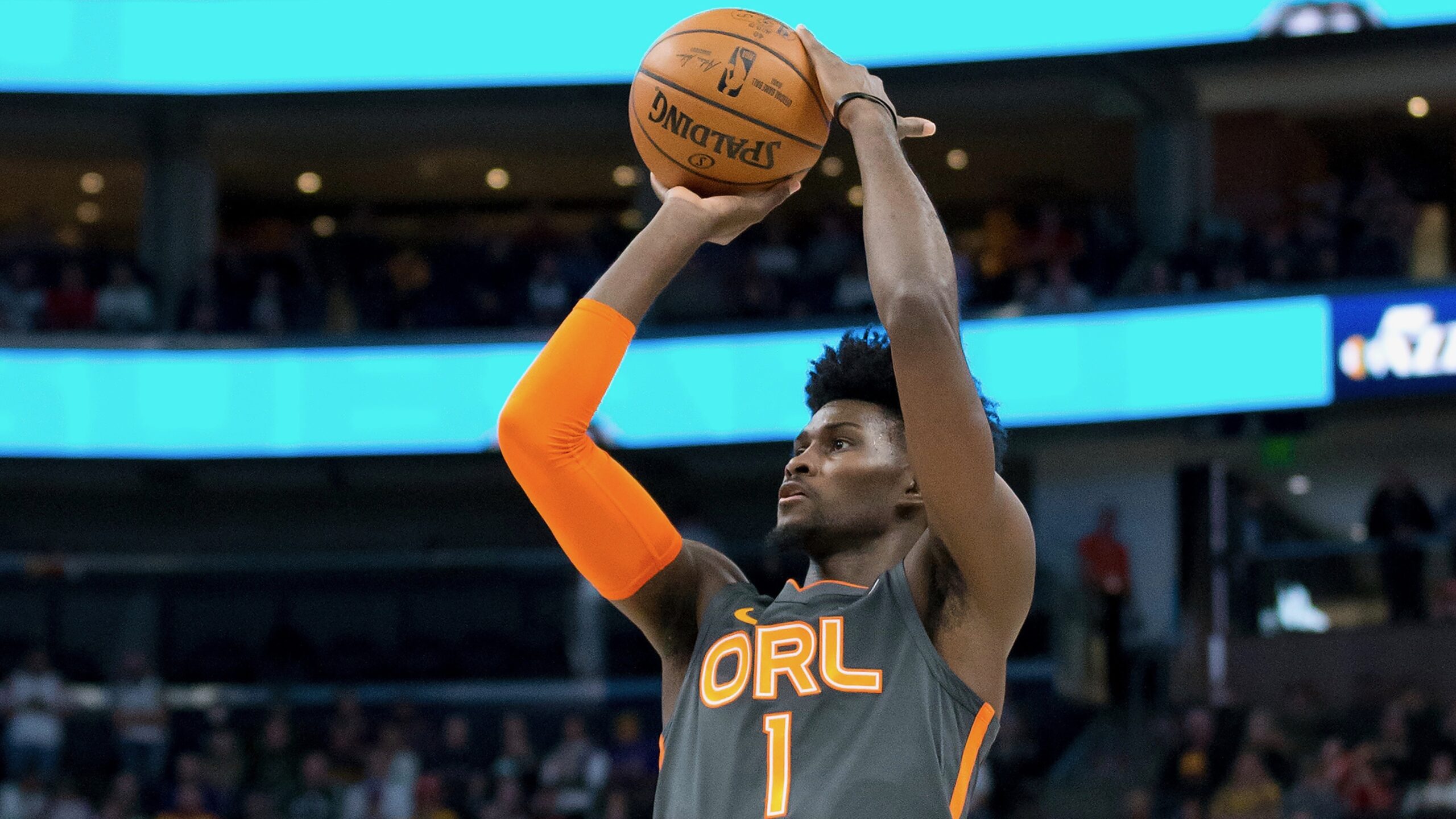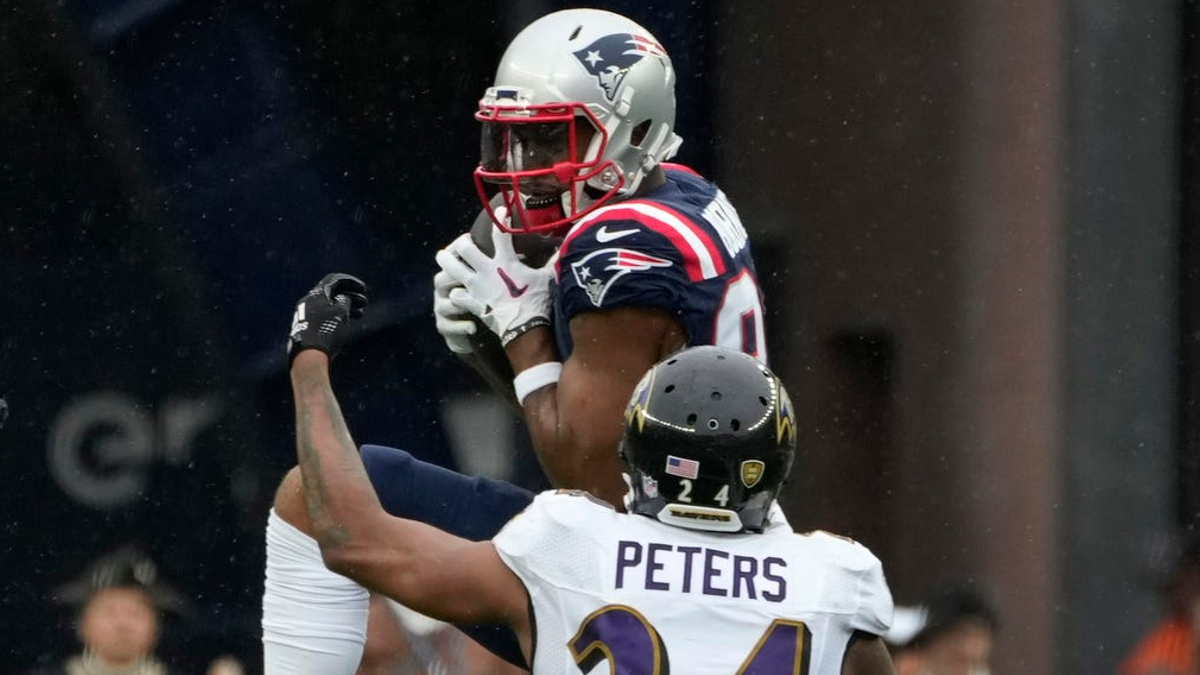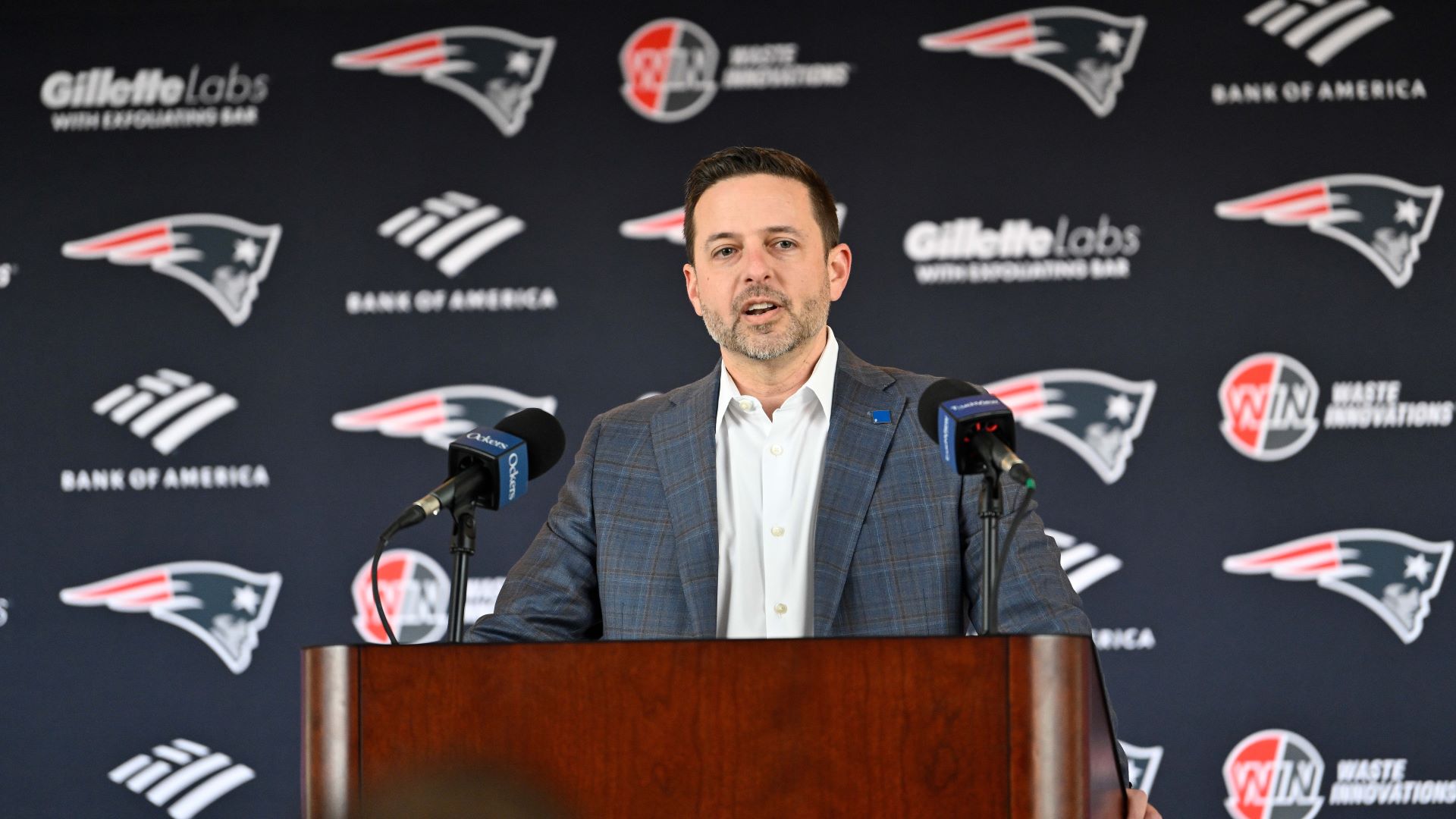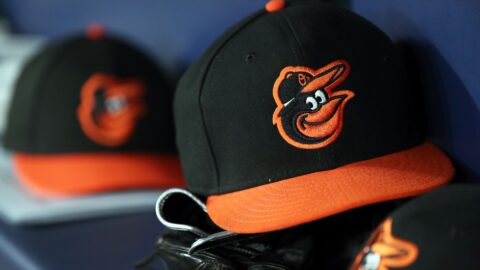We might be witnessing a sea change in the Patriots backfield.
Damien Harris entered the season as New England's presumed top running back, and for good reason. Over his first three seasons, Harris established himself as a tough, occasionally explosive runner while averaging an excellent 4.8 yards per attempt. The fourth-year pro also is among the leaders in the Patriots locker room and has started every game he's appeared in since the beginning of his sophomore campaign.
But it was impossible to watch Rhamondre Stevenson last season without thinking the then-rookie had a higher ceiling than Harris. Stevenson looked quicker, no less physical and displayed a skill set that made it easy to envision the 2021 fourth-round pick eventually taking on a larger role in the passing game. He finished the season as Pro Football Focus' 10th-ranked running back -- Harris finished second in each of the last two campaigns -- and drew rave reviews from coaches and teammates for the progress he made after an uneven training camp.
In fact, Stevenson looked so good that we openly wondered whether his presence could've persuaded the Patriots into trading Harris during the offseason, as he's set to hit free agency next spring.
New England, with James White retired and out of the picture, instead broke camp with Harris, Stevenson, hybrid back Ty Montgomery and rookie Pierre Strong on its 53-man roster. That probably was the right call, as the Patriots' offense needs all the help it can get, and rostering both Harris and Stevenson gives them the best chance to win.
However, while Harris has started all three games this season and still appears to be New England's preferred goal-line option, it's Stevenson who's emerged as the top option in one of the NFL's best backfields.
In the Patriots' season-opening loss to the Miami Dolphins, Harris saw more rushes (by one), targets (by one) and snaps (by eight) than Stevenson. But it's hard to read too much into those numbers, as New England largely abandoned the run -- David Andrews said the Patriots lost their "fastball" -- after the Dolphins got out to an early lead. Plus, the revamped offense generally appeared as if it was operating without much of a plan.
Well, it was a totally different story in Weeks 2 and 3.
Check out these breakdowns:
WEEK 2
Harris: 27 snaps, 15 carries for 71 yards and TD, two catches on two targets for 16 yards
Stevenson: 42 snaps, nine carries for 47 yards, one catch on two targets for four yards
WEEK 3
Harris: 25 snaps, 11 carries for 41 yards and TD, two catches on three targets for five yards
Stevenson: 41 snaps, 12 carries for 73 yards and TD, four catches on five targets for 28 yards
Now, the uptick in Stevenson's usage can be attributed partly to Montgomery landing on injured reserve. Montgomery was the Patriots' busiest passing-down back during training camp and appeared primed for a big role this season. But the veteran aggravated a knee injury during the season opener and now is out through at least Week 5. With Strong not yet ready for a role on gameday, Stevenson has assumed a more sizable role on passing downs.
That might've happened regardless, though. Stevenson entered the offseason with a goal of becoming a more dangerous weapon in the passing game, and his hard work has paid off. Players and coaches, including Bill Belichick, weren't just giving boilerplate remarks this summer when forecasting Stevenson's increased workload. Jakobi Meyers recently called Stevenson a "rare talent."
Stevenson's snap counts and impressive stats don't tell the full picture. The eye test counts for something, too, and Stevenson looks more impressive by the week.
The second-year back is capable of reaching a higher gear than Harris, and he's more elusive in the open field than his backfield mate. Both of those qualities were on display in New England's Week 3 loss to the Baltimore Ravens, who allowed Stevenson to average 6.08 yards per carry. He also looks more natural and fluid than Harris when catching passes, and he's closed the cap as a pass blocker -- though Harris still has the edge.
The graders over at PFF also have been more impressed with Stevenson this season. Stevenson currently grades as PFF's sixth-best back (Nick Chubb is first), with Harris ranking 12th. That said, Stevenson's pure run grade (78.6) is much higher than that of Harris (67.0), whose superior pass-blocking marks boost his overall grade.
If you want to get a bit nerdier, Stevenson currently owns the 11th-best elusiveness grade on PFF, with Harris holding the No. 27 spot. There's a similar gap between the two in forced missed tackles, though Stevenson, Harris and Detroit Lions rusher D'Andre Swift all are tied for 18th in the NFL with 121 yards after contact. It's a credit to both Stevenson and Harris that they've posted these kinds of numbers despite splitting carries.
Obviously, we're splitting hairs, and Stevenson and Harris both are very good players. Figuring out how to divvy out touches for the two is a good problem for the Patriots to have. And, as good as Stevenson is, fans probably shouldn't expect him to become a bell-cow back anytime soon. The Patriots appear committed to a backfield timeshare, and Montgomery is deserving of a role upon his return.
(Sorry, fantasy football owners.)
But make no mistake: Stevenson is an ascending talent and arguably the most dangerous weapon in New England's offense. If nothing else, his emergence could make the Patriots feel comfortable letting Harris walk in free agency.
